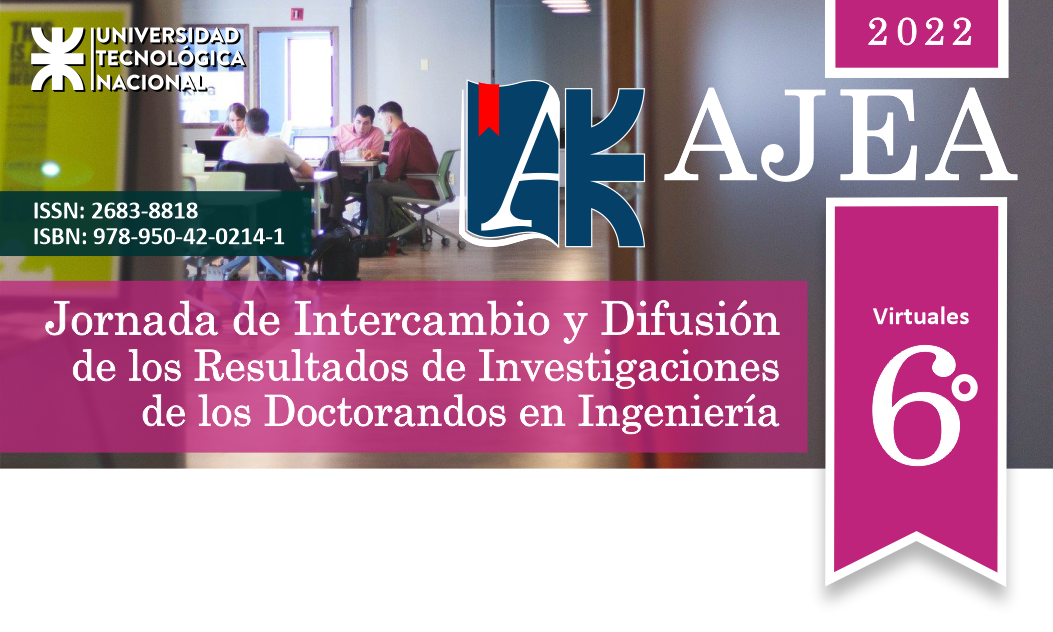Preliminary evaluation of mechanical model of vertebral bodies treated with discoplasty
DOI:
https://doi.org/10.33414/ajea.1104.2022Keywords:
Percutaneous discoplasty, advanced disc disease, cement spacer, finite element methodAbstract
Discoplasty is a minimally invasive procedure to treat older adult patients with advanced degenerative disc disease with pneumodisc, usually in the lumbar spine, to stabilize and decompress the compromised segments. Advanced degenerative disc disease with pneumodiscs, usually in the lumbar spine, to stabilize and decompress the compromised segments. The procedure reduces the patient's pain by injecting bone cement into the degenerated pneumodiscs, thus achieving separation of the vertebrae. The finite element method is used to model and evaluate the case of a patient who has already undergone discoplasty due to advanced disc disease, to analyze biomechanical changes and parameters such as: resulting angle of the vertebral body, volume of cement injected, among others. The models are built from computed tomography images and parametric studies of the domains that compose them: vertebral body, disc annulus, nucleus pulposus, and cement (PMMA) are performed.










